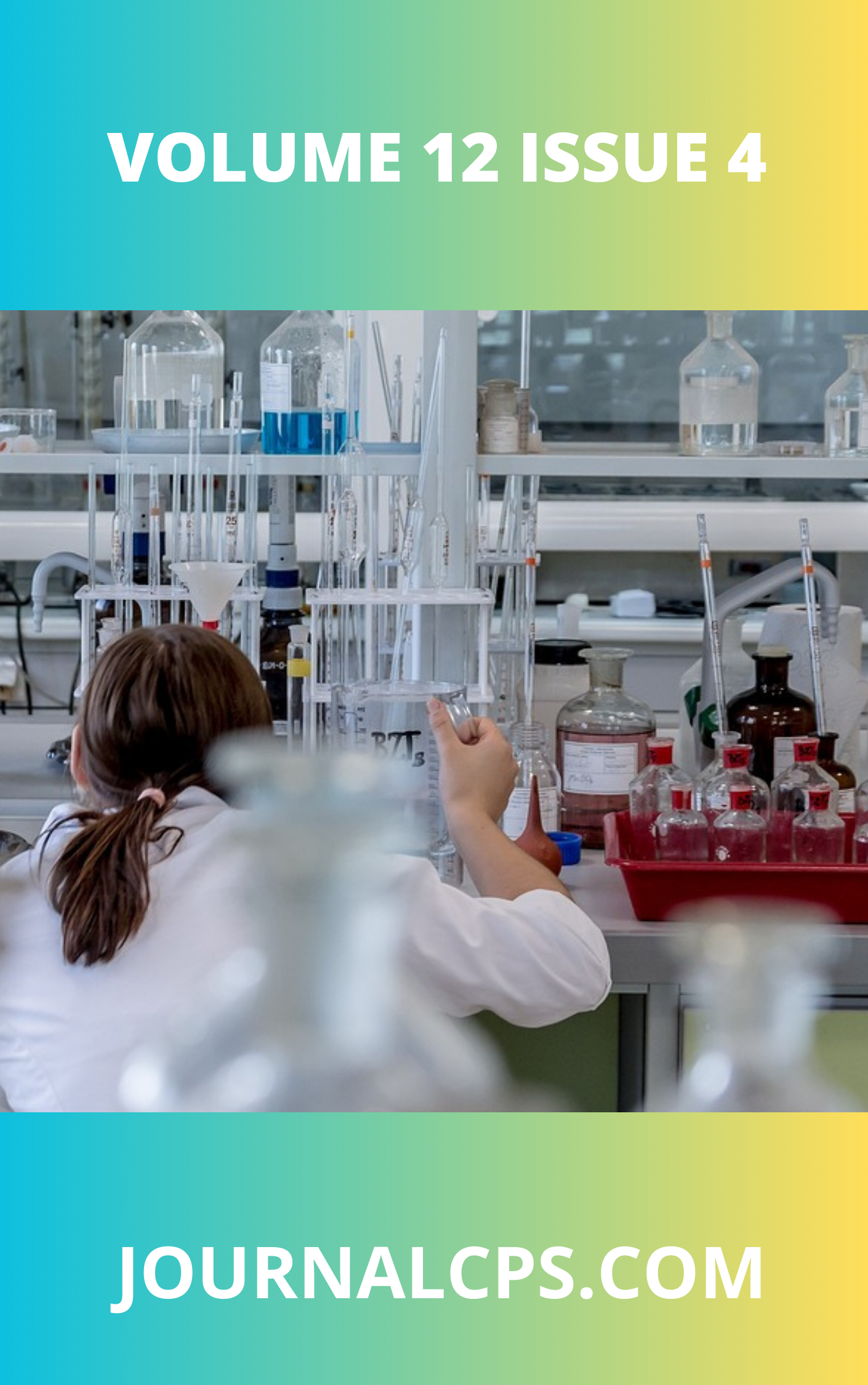Environmental Implications of Quarrying and Waste Management: A Case Study of Okhoro, Benin City
Keywords:
Waste, quarrying, stream sediments, pollution and Niger Delta BasinAbstract
This study assessed the physicochemical characteristics and heavy metal contamination of water sources impacted by a nearby dumpsite, with the aim of evaluating potential environmental and public health risks. A total of 12 samples were collected from leachate (LS), river water (WS), boreholes (BH), and profile pits (PP). Parameters analyzed included pH, electrical conductivity (EC), total dissolved solids (TDS), biochemical oxygen demand (BOD), chemical oxygen demand (COD), nitrate (NO₃⁻), phosphorus (P), and heavy metals such as iron (Fe), lead (Pb), copper (Cu), zinc (Zn), and chromium (Cr). The pH values ranged from 6.4 to 7.4, falling within WHO limits (6.5–8.5), but the EC and TDS exceeded permissible limits in most leachate and some river samples, with maximum EC and TDS values reaching 1846 µS/cm and 1200 mg/L, respectively. BOD and COD values were significantly elevated in leachate samples (up to 10.5 mg/L and 341.44 mg/L, respectively), indicating heavy organic pollution. Ammonia concentrations in leachate peaked at 12 mg/L, far exceeding the WHO limit of 0.5 mg/L, while nitrate concentrations reached 1.31 mg/L. Heavy metals such as Pb exceeded the FEPA limit of 0.05 mg/L in all samples, with the highest concentration observed in WS03 (0.145 mg/L). Iron was highest in WS04 (1.36 mg/L), also exceeding the FEPA threshold of 0.3 mg/L.Statistical analysis included Pearson correlation, which showed strong positive correlations between EC and TDS (r = 0.97), COD and BOD (r = 0.89), and Fe and Pb (r = 0.76), suggesting common pollution sources. One-way ANOVA revealed significant differences (p < 0.05) in BOD, COD, and heavy metals across the different sampling locations. Principal Component Analysis (PCA) extracted three principal components explaining 85.4% of total variance, highlighting organic load, salinity, and metal pollution as key factors. Hierarchical Cluster Analysis (HCA) grouped the sampling sites into three clusters, distinguishing highly contaminated leachate zones from moderately impacted river and borehole locations. Water Quality Index (WQI) values ranged from 102 to 291, classifying most sites as “poor” to “very poor.” Heavy Metal Pollution Index (HPI) values exceeded the critical limit of 100 at all sites, with values ranging from 135.4 to 288.6. Pollution Load Index (PLI) also confirmed significant contamination in leachate and river samples. Overall, the results indicate severe anthropogenic contamination of both surface and groundwater resources due to the proximity of the dumpsite. The findings underscore the urgent need for remediation efforts, groundwater protection strategies, and regular monitoring to safeguard environmental and public health.
Downloads
Published
Issue
Section
Similar Articles
- Elisha Karu, Buhari Magaji, Aishatu Umar Maigari, Fauziyya Aliyu Jibo, Health Risk Assessment of Heavy Metals in Soil Rhizosphere and Onion Bulbs Cultivated in Danbam Farmlands, North East, Nigeria , Communication In Physical Sciences: Vol. 7 No. 3 (2021): VOLUME 7 ISSUE 3
- Olusegun Sowole, Adesoji A. R. Adebambo, Radiological Assessment of Primordial Radionuclides in Crab Species from Igbokoda River in Southwest of Nigeria , Communication In Physical Sciences: Vol. 7 No. 1 (2021): VOLUME 7 ISSUE 1
- Yunusa Habibat, Omoniyi K. Isreal, Stephen Abechi, Aroh A. Oyibo, Owolabi A. Awwal, Imam Naziru, Green Synthesis of Titanium Oxide (TiO2) Nanoparticles Using Phyllanthus Niruri and Assessment of Its Antibacterial Activity in Wastewater Treatment , Communication In Physical Sciences: Vol. 10 No. 1 (2023): VOLUME 10 ISSUE 1
- Benjamin Odey Omang, Andrew Kalu Njoku, Temple Okah Arikpo, Godwin Terwase Kave, Geochemistry of the Ironstones in Abiati Area, Southeastern Nigeria: Implications for Ore Genesis and Economic Potential , Communication In Physical Sciences: Vol. 12 No. 3 (2025): VOLUME 12 ISSUE 3
- Ernest Orji Akudo, Kizito Ojochenemi Musa, Geophysical and Geotechnical Investigations of Failed Sections of Road Pavements in Parts of Northcentral Nigeria , Communication In Physical Sciences: Vol. 9 No. 3 (2023): VOLUME 9 ISSUE 3
- Abubakar Aliyu Umar, Aminu Ismaila, Khaidzir Hamza, Lattice Calculations and Power Distribution for Nigeria Research Reactor-1 (NIRR-1) using Serpent Code , Communication In Physical Sciences: Vol. 10 No. 1 (2023): VOLUME 10 ISSUE 1
- Hamza Abubakar Hamza, Abubakar Danjuma Bajoga, Yusuf Mohammed Auwal, Hankouraou Seydou, Determination of Some Physicochemical Properties, Heavy Metals and Micronutrients of Some Energy Drinks Available in Nigeria , Communication In Physical Sciences: Vol. 12 No. 3 (2025): VOLUME 12 ISSUE 3
- Patrick G. Udofia, Philippa C. Ojimelukwe, Olusegun A. Olaoye, Anthony N. Ukom, Moses. L. Ekanem, Immaculata I. Okparauka, Evaluation of Antioxidant Activity of Ethanol Extract of Root and Stem Bark of Moringa oleifera (MO) obtained from Utu Ikpe, Ikot Ekpene Local Government Area, Nigeria , Communication In Physical Sciences: Vol. 8 No. 1 (2022): VOLUME 8 ISSUE 1
- Hauwa Muhammad, Estimated Dietary Intake of Essential Trace Elements from Selected fruits and vegetables in Minna town, Nigeria , Communication In Physical Sciences: Vol. 12 No. 3 (2025): VOLUME 12 ISSUE 3
- Joseph Amajama, Julius Ushie Akwagiobe, Efa Ubi Ikpi, Analyzing the Relationship between Atmospheric Pressure and Mobile Network Signal Strength in Southern Nigeria , Communication In Physical Sciences: Vol. 12 No. 4 (2025): VOLUME1 2 ISSUE 4
You may also start an advanced similarity search for this article.




